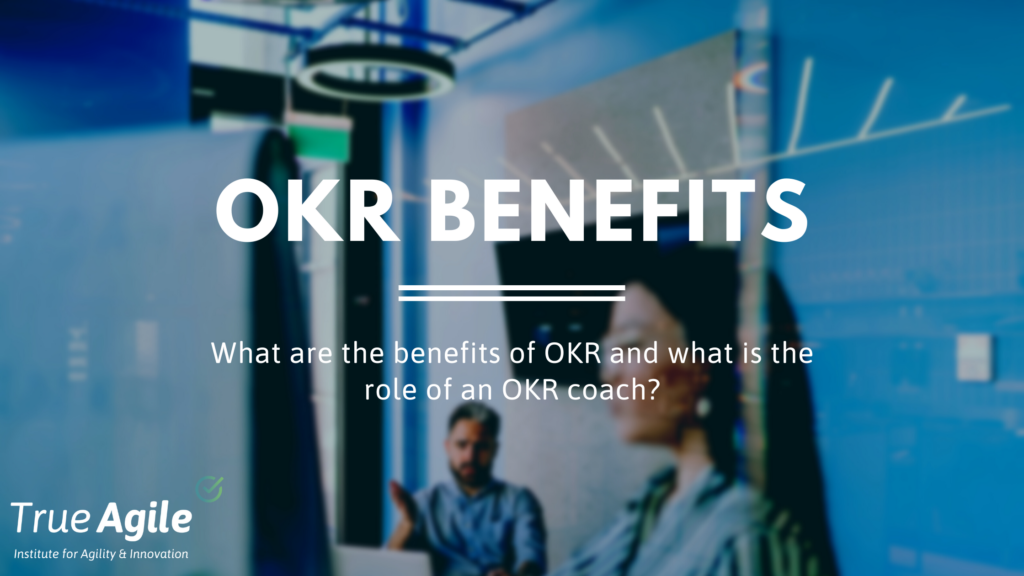Agile methods
Benefits of OKRs
Benefits of OKRs
You are the leader in your company and want to contribute to the success of the organization? Then it is important not to get bogged down in trivialities and to sharpen your focus on the essentials. Therefore, it helps to make use of the benefits of OKR. An agile method like OKR helps you to set concrete goals and to control measures that support exactly this process.
The benefits of OKR are that individual target agreements are embedded in a modern context. The basic idea of Objectives and Key Results (OKR) is based on the agile management of teams at all organizational levels of a company. Each employee works to meet his or her own individual objectives – this structure creates an incentive and makes performance measurable. The benefits of OKR are that it provides tools for leadership, goal achievement, and performance measurement.
OKR benefit: For a better understanding of what is important
To better understand the system and the benefits of OKR, we need to distinguish between Objectives and Key results:
- Objectives are always a qualitatively formulated, incentive-based goal. It practically forms the smallest part in the context of the strategic direction of the company. “Where do I want to go?” stands as the overarching question in the room, it defines how the contribution of the individual can contribute to the goal achievement of the company as a whole. Some benefits of OKR are therefore that clarity exists, and quantification becomes possible.
- Key Results are exactly those measurable and operational parameters that show how successful processes are. The basic idea is that the teams involved in the implementation do not lose sight of the essentials and consider the customer’s benefit. This is exactly what the benefits of OKR are aimed at. “What do I need to do to achieve my objectives and in what way can they be measured?” sums it up well. Lag Measures such as profit or sales are relevant for the upper levels of the company. Lead measures, on the other hand, for example indirect measures in marketing or sales, form the core of target formulations.
The benefits of OKR show themselves very clearly here, because they bring higher-level goals of the management level down to the small, easily comprehensible scale of the individual actor. KPIs and key results are deliberately separated from each other; in the context of benefits of OKR, we speak here of health metrics. Each team should not define more than four OKR within a cycle, especially other goals like customer projects or team satisfaction can be outsourced.
How do they teach the benefits of OKR
Instead of projecting abstract goals of the company onto the individual, OKRs help to make the mission of the company more tangible. What does it actually mean when the company sets these concrete goals? And what is the role of the individual who must work to achieve these goals? The benefits of OKR lie in the fact that objectives and key results are presented transparently and linked with each other. This requires an OKR coach who provides assistance, contributes his expertise for the formulation of objectives and is available as a contact person.
The tasks of an OKR coach include:
- Helping users understand the benefits of OKR and the method as a whole.
- Assisting in formulating and properly defining Objectives and Key Results.
- Making sure that objectives are ambitious enough to motivate, but achievable enough not to demotivate.
- As part of the benefits of OKR the Key Results should be measurable and achievable within the timeframe.
- Regular review meetings should be methodically accompanied and supported.
A meta-certification agile institute like IFAAI helps you to expand your professional competences and to support your individual development. We deliver various OKR certifications that are internationally recognized.
Any questions concerning the benefits of OKR? Contact us anytime, we are happy to help!


